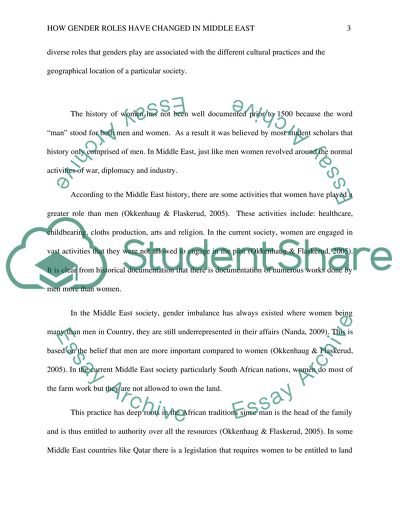Cite this document
(“Gender Roles Essay Example | Topics and Well Written Essays - 1250 words”, n.d.)
Retrieved from https://studentshare.org/history/1628303-gender-roles
Retrieved from https://studentshare.org/history/1628303-gender-roles
(Gender Roles Essay Example | Topics and Well Written Essays - 1250 Words)
https://studentshare.org/history/1628303-gender-roles.
https://studentshare.org/history/1628303-gender-roles.
“Gender Roles Essay Example | Topics and Well Written Essays - 1250 Words”, n.d. https://studentshare.org/history/1628303-gender-roles.


